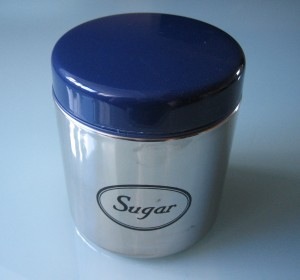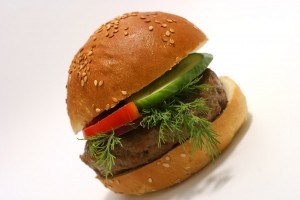 So many of us toast to the New Year with drink in hand – alcoholic or not.
So many of us toast to the New Year with drink in hand – alcoholic or not.
Here’s a quick primer so you can make some informed choices:
- A standard drink is 1.5 ounces of hard liquor, 5 ounces of wine, or 12 ounces of beer.
- Nutritionally:
- 12 ounces of beer has 153 calories and 13.9 grams of alcohol
- 12 ounces of lite beer has 103 calories and 11 grams of alcohol
- 5 ounces red wine has 125 calories and 15.6 grams of alcohol
- 5 ounces of white wine has 121 calories and 15.1 grams of alcohol
- 1 1/2 ounces (a jigger) of 80 proof (40% alcohol) liquor has 97 calories and 14 grams of alcohol
- Alcohol has 7 calories per gram but doesn’t fill you up the way food does, so you can drink a lot and not feel stuffed.
- Alcohol lowers your inhibitions and your resolve not to eat everything at the buffet table often flies right out the window.
- Eating something before drinking can help blunt alcohol’s intoxicating effects.
- Drinking light beer rather than regular saves about 50 calories a bottle.
- Mixed drinks and fancy drinks significantly up the calories. For instance,
- A frozen margarita has about 45 calories an ounce
- A plain martini, no olives or lemon twist, has about 61 calories an ounce
- An 8-ounce white Russian made with light cream has 715 calories.
- The alcohol, heavy cream, eggs, and sugar in a cup of eggnog has about 343 calories and 19 grams of fat
- Mulled wine, a combination of red wine, sugar/honey, spices, orange and lemon peel has about 210 to 300 calories per 5 ounces, depending on how much sweetener is added.
- Watch your mixers — per ounce club soda has no calories, tonic has10, classic coke has 12, Canada Dry ginger ale has 11, orange juice has 15, and cranberry juice has 16.
- And, if you’re toasting to health and happiness in the New Year with champagne – it’s a comparative caloric bargain at about 19 calories an ounce! To your health!
My very best wishes for a very happy and healthy New Year.
I invite you to receive more healthy eating facts, tips, and trivia by signing up for delivery of My foodMAPs directly to your email inbox or RSS feed. Just enter your email address in the box in the left hand margin (on the MyfoodMAPs home page). While you’re at it, please sign up for my monthly newsletter, Eat Out, Eat Well. I look forward to keeping you informed and entertained.



